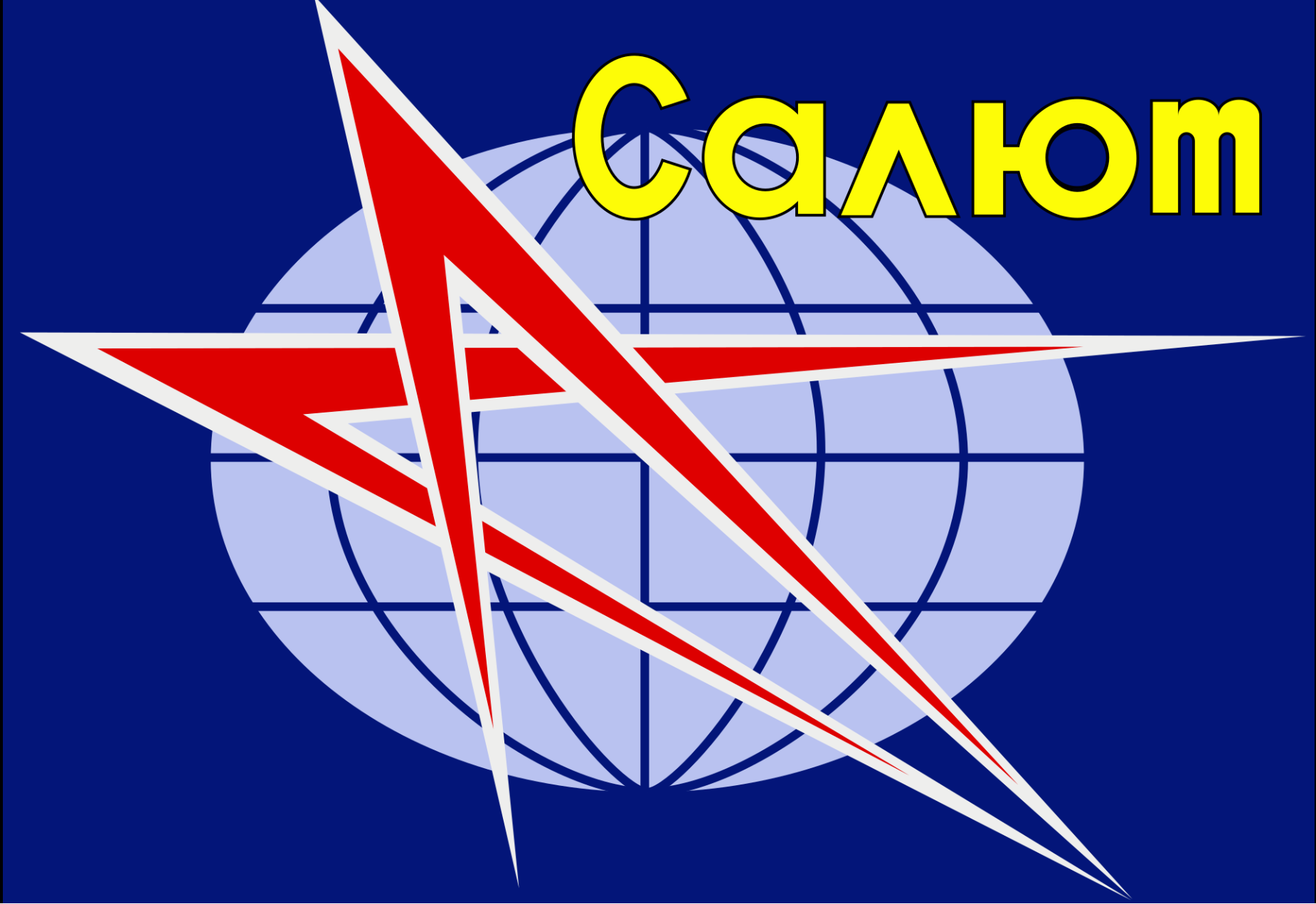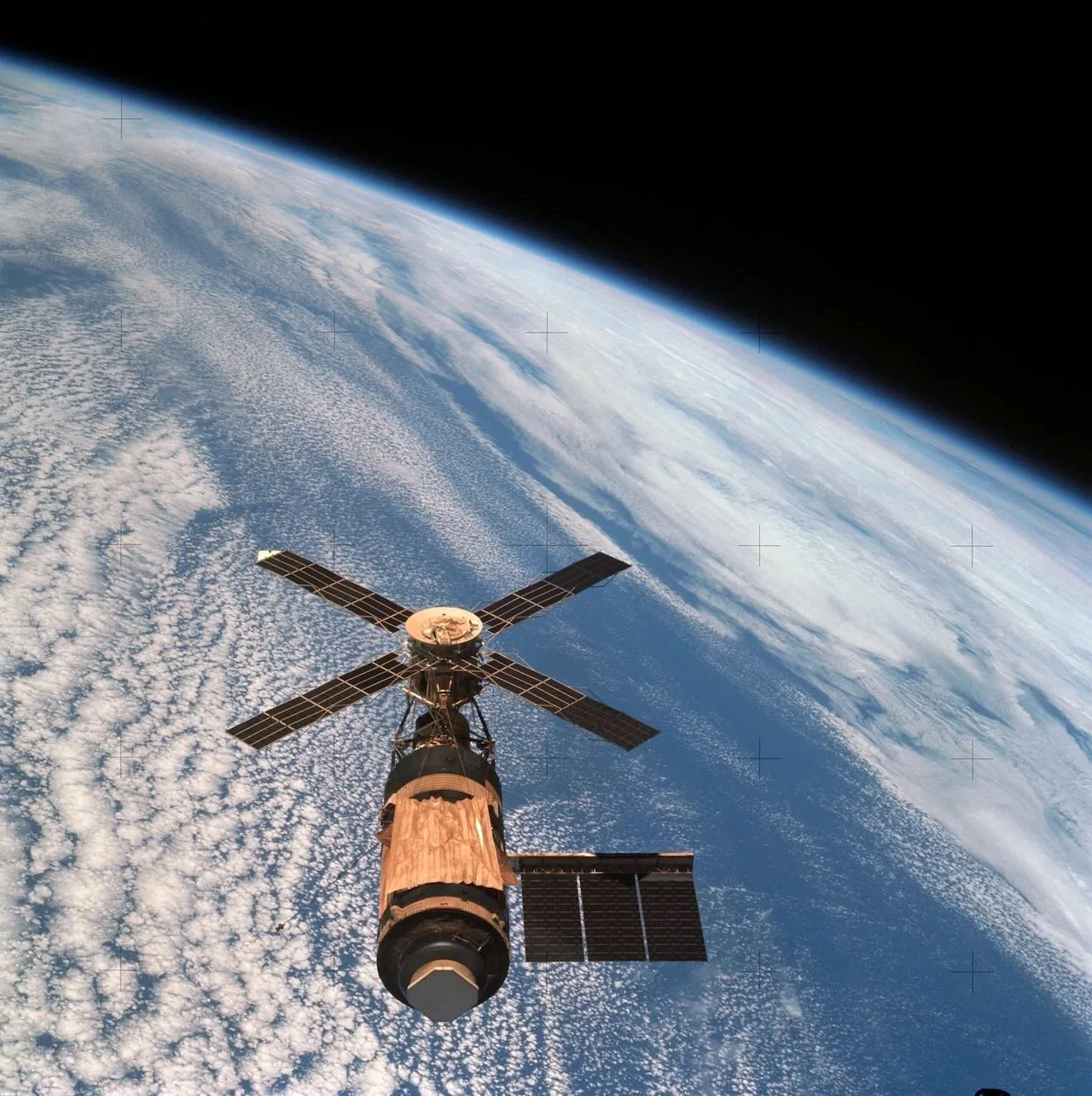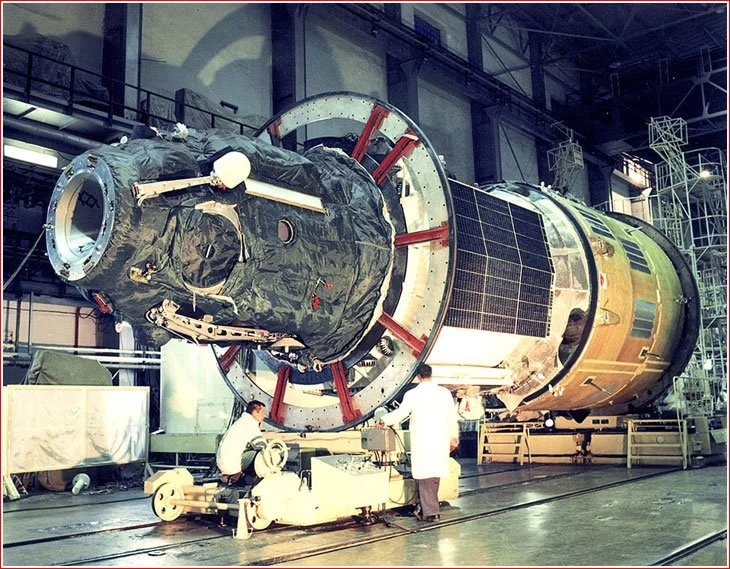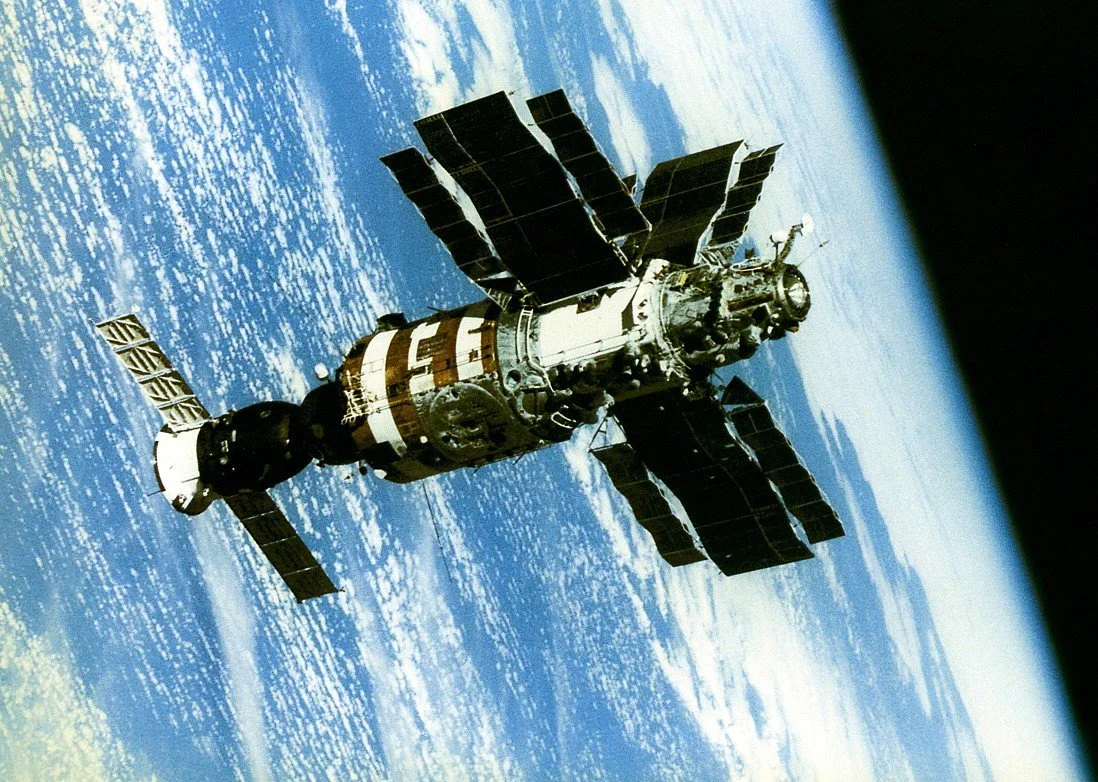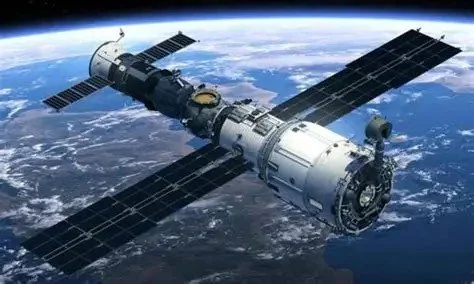Space Stations
The Space Station Index is your go-to resource for exploring the major crewed and uncrewed orbital platforms that support sustained human and scientific activity in space. From historical programs like Mir and Skylab to the current International Space Station and emerging commercial outposts, this index highlights the evolution of space station architecture, capabilities, and mission roles.
Space stations serve as hubs for microgravity research, life sciences, Earth observation, and technology demonstration—laying the groundwork for deep space missions and future planetary habitats. As nations and private companies expand their presence in orbit, space stations are becoming vital to space exploration, industry, and cooperation.
This index covers specifications, mission objectives, and operational status, offering a comprehensive view of how these orbital laboratories are advancing the boundaries of science, engineering, and human endurance in space.
Salyut 1
Salyut 1 05160 USSR
Salyut 1 was comprised of five components, a transfer compartment, a main compartment, two auxiliary compartments, and the Orion 1 Space Observatory.
Launched: 19 April 1971
Re-entered:11 October 1972 (175 Days)
Mass: 18,425 kg (40,620 lb)
Pressurised volume:100 m3 (3,500 cu ft)
Orbit: 200km x 222km inclination 51.6°
Salyut 1 was launched on a Proton-K from Baikonur, Site 81/24.
DOS-2
DOS-2 USSR
DOS-2 was lost in a launch failure on 29 July 1972
Launched: 29 July 1972
Mass: 18,425 kg (40,620 lb)
Pressurised volume:100 m3 (3,500 cu ft)
DOS-2 was launched on a Proton-K from Baikonur, LC-81/24. Failure of the second stage of its Proton-K launch vehicle prevented the station from achieving orbit. It would have been designated Salyut 2 had it reached orbit. It was structurally identical to Salyut 1
Salyut 2
Salyut 2 06398 USSR
Salyut 2 was an Almaz military space station.
Launched: 3 April 1973
Re-entered: 28 May 1973.
Mass: 18,425 kg (40,620 lb)
Pressurised volume:100 m3 (3,500 cu ft)
Orbit: 257km x 278km inclination 51.6°
Salyut 2 was launched from Baikonur, Site 81/23. The station lost altitude control and depressurized, leaving it unusable after two weeks. Its orbit then began to decay causing it to re-enter.
Kosmos 557 (DOS-3)
Kosmos 557 (DOS-3) 06498 USSR
Kosmos 557 (DOS-3) was the third space station in the Salyut program. It was intended to be launched as Salyut-3.
Launched: 11 May 1973
Re-entered: 22 May 1973.
Mass: 19,400 kg (42,800 lb)
Pressurised volume:100 m3 (3,500 cu ft)
Orbit: 218km x 266km inclination 51.6°
Kosmos 557 (DOS-3) was launched from Baikonur, LC-81/23. The station lost altitude control after errors in the flight control system while out of the range of ground control, the station fired its attitude thruster until it consumed all of its attitude control fuel. The Soviets disguised the launch as "Kosmos 557" and allowed it to reenter.
Skylab
Skylab 06633 USA
Skylab was the United States' first space station, launched by NASA. Skylab was constructed from a repurposed Saturn V third stage.
Launched: 14 May 1973
Re-entered: 11 July 1979 (2249 Days)
Mass: 168,750 pounds (76,540 kg) without Apollo CSM
Pressurised volume: 351.6 m3 (12,417 cu ft)
Orbit: 434km x 441.9km inclination 50.0°
Skylab was launched on a Saturn V from Kennedy LC-39A.Skylab included the Apollo Telescope Mount, a multiple docking adapter with two docking ports, an airlock module with extravehicular activity (EVA) hatches, and the orbital workshop, the main habitable space inside Skylab.
Salyut 3
Salyut 3 07342 USSR
Salyut 3 was an Almaz military space station.
Launched: 25 June 1974
Re-entered: 24 January 1975.
Mass: 18,900 kg (41,700 lb)
Pressurised volume: 90 m3 (3,200 cu ft)
Orbit: 268km x 272km inclination 51.6°
Salyut 3 was launched on a Proton-K from Baikonur, Site 81/23. The station was equipped with a "self-defence" Rikhter R-23 gun. It was fixed to the station requiring a change the orientation of the entire station to aim.
Salyut 4
Salyut 4 (DOS-4) 07591 USSR
Salyut 4 was a copy of the DOS 3 (or Kosmos 557).
Launched: 26 December 1974
Re-entered: 24 January 1975.
Mass: 18,210 kilograms (40,150 lb)
Pressurised volume: 90 m3 (3,200 cu ft)
Orbit: 219km x 270km inclination 51.6°
Salyut 4 was launched from Baikonur, LC-81/24.
Salyut 5
Salyut 5 08911 USSR
Salyut 5 was an Almaz military space station.
Launched: 22 June 1976
Re-entered: 8 August 1977
Mass: 18,900 kg (41,700 lb)
Pressurised volume: 90 m3 (3,200 cu ft)
Orbit: 223km x 269km inclination 51.6°
Salyut 5 was launched on a Proton-K from Baikonur, Site 81/23.
Salyut 6
Salyut 6 (DOS-5) 10382 USSR
Salyut 6 was the first second generation space station, representing a major breakthrough in capabilities and operational success. Salyut 6 was primarily supported by the crewed Soyuz spacecraft
Launched: 29 September 1977
Re-entered: 29 July 1982.
Mass: 19,824 kg (43,704 lb)
Pressurised volume: 90 m3 (3,200 cu ft)
Orbit: 219km x 275km inclination 51.6°
Salyut 6 was launched on a Proton-K from Baikonur, Site 81/24.
Salyut 7
Salyut 7 (DOS-6) 13138 USSR
Salyut 7 was part of the transition from monolithic to modular space stations, acting as a testbed for docking of additional modules and expanded station operations.
Launched: 19 April 1982
Re-entered: 7 February 1991
Mass: 19,824 kg (43,704 lb)
Pressurised volume: 90 m3 (3,200 cu ft)
Orbit: 219km x 278km inclination 51.6°
Salyut 7 was launched on a Proton-K from Baikonur, Site 200/40.
Mir
Mir 16609 USSR
Mir served as a microgravity research laboratory which conducted experiments in biology, human biology, physics, astronomy, meteorology, and spacecraft systems. The first module of the station, known as the core module or base block, was launched in 1986 and followed by six further modules.
Launched: 20 February 1986–23 April 1996
Re-entered: 23 March 2001
Mass: 129,700 kg (285,940 lb)
Pressurised volume: 350 m3 (12,000 cu ft)
Orbit: 354km x 374km inclination 51.6°
MIR was launched by Proton and Space Shuttle from Baikonur site 200/39 site 81/23 and Kennedy LC-39A.
Tiangong-1
Tiangong-1 37820 China
Tiangong-1 was China's first prototype space station. Tiangong-1 had ceased functioning on 16 March 2016, it finally burned up in the Earth's atmosphere during an uncontrolled re-entry.
Launched: 29 September 2011
Re-entered: 2 April 2018
Mass: 8,506 kg (18,753 lb)
Pressurised volume: 15 m3 (530 cu ft)
Orbit: 355km x 345km inclination 42.8°
Tiangong-1 was launched by Long March 2F/G from Jiuquan, LA-4/SLS-1.
Tiangong-2
Tiangong-2 41765 China
Tiangong-2 was a Chinese space laboratory and part of the Project 921-2 space station program. Tiangong-2 was designed as a testbed for key technologies used in the Tiangong station.
Launched: 15 September 2016
Re-entered: 19 July 2019
Mass: 8,600 kg (19,000 lb)
Pressurised volume: 14 m3 (490 cu ft)
Orbit: 369.6km x 378.4km inclination 42.79°
Tiangong-2 was launched by Long March 2F/G from Jiuquan, LA-4/SLS-1.
International Space Station
International Space Station 25544 USA
The station is divided into two main sections, the Russian Orbital Segment (ROS), developed by Roscosmos, and the US Orbital Segment (USOS).
Launched: 20 November 1998
Re-entered: TBC expected January 2031
Mass: 450,000 kg (990,000 lb)
Pressurised volume: 14 m3 (490 cu ft)
Orbit: 413km x 422km inclination 51.64°
The ISS has been supported by Baikonur, Sites 1/5, 31/6, 81/23 and 200/39, Cape Canaveral, SLC‑40, Kennedy, LC‑39A and LC‑39B
Tiangong space station
Tiangong space station 48274 China
The station is divided into two main sections, the Russian Orbital Segment (ROS), developed by Roscosmos, and the US Orbital Segment (USOS).
Launched: 29 April 2021 (Tianhe)
24 July 2022 (Wentian)
31 October 2022 (Mengtian)
Mass: approx 100,000 kg
Pressurised volume: 340 m3 (12,000 cu ft)
Habitable: 122 m3 (4,310 cu ft)
Orbit: 386.4km x 391.8km inclination 41.47°
Tiangong was launched on Long March 5B from Wenchang Launch Site LC-1. The Tiangong space station is expected to be expanded from three to six modules, with improved versions of the Tianhe, Wentian, and Mengtian modules.

